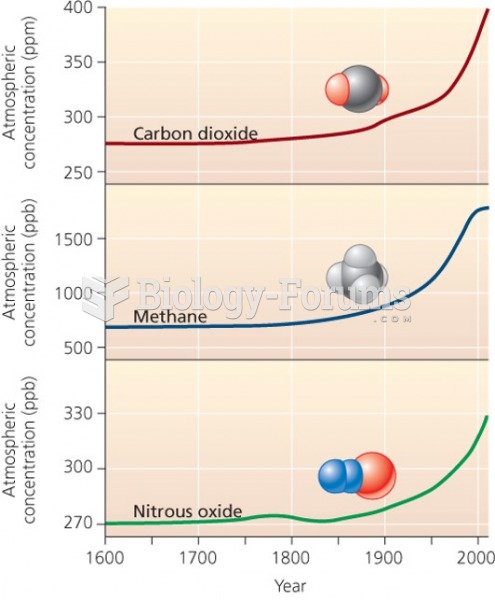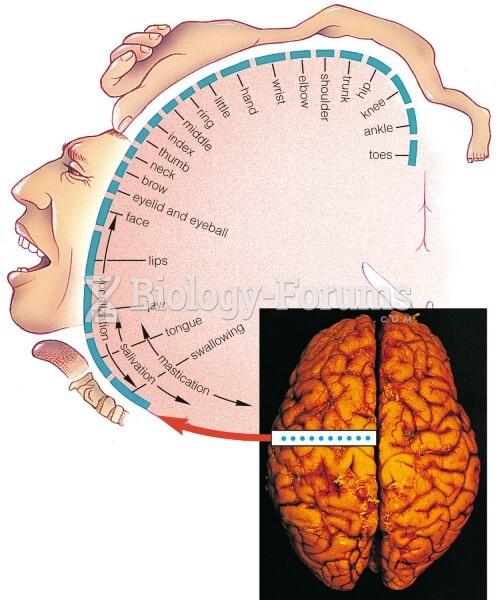Answer to Question 1
ANS: C
The U.S. Department of Housing and Urban Development has issued regulations that summarized the statutory definitions in four descriptive categories. These four categories with their respective definitions include:
Literally homeless: Individuals and families who lack a fixed, regular, and adequate nighttime residence, including a subset for individuals who resided in an emergency shelter or a place not meant for human habitation and who are exiting an institution where he or she temporarily resided; Imminent risk of homeless: Individuals and families who will imminently lose their primary nighttime residence; Homeless under other federal statutes: Unaccompanied youth and families with children and youth who are defined as homeless under other federal statutes who do not otherwise qualify as homeless under this definition; and Fleeing/attempting to flee DV: Individuals and families who are fleeing, or are attempting to flee, DV, dating violence, sexual assault, stalking, or other dangerous or life-threatening conditions that relate to violence against the individual or a family member.
Answer to Question 2
ANS: A, B, C, D, F
Barriers to treating substance abuse and addiction problems in African Americans include poverty, underemployment, and unemployment; prevalence of both drugs and liquor stores within the community; allure and economic rewards of selling drugs; more likely to be arrested than treated; and unable to change people and places as advocated by 12-step programs. Family demands, including children being physically active and noisy, has not been identified as a common barrier in the African American population.







